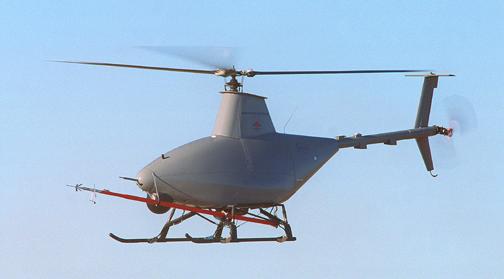Dave Siciliano
Final Approach
Are you sure? Notice that in the opening post, a pilot who did not have the right of way complained, both here and on the radio, about the presence of an aircraft that did have the right of way.
============================
That is simply not the case Richard, and I've tried to explain that more than once. My communication was directed to tower. The VFR pilot got on there, but I asked tower how this could happen. Between approach and tower, somehow I was sequenced down the approach right onto where the VFR pilot was. Why would approach do this? Why would tower allow it? Yes, I asked how a plane could be there and tower answered it was VFR.
Through this discussion, it's became clear how it could happen. At one point on the approach TIS showed the VFR aircraft 400 feet below me and I was still IMC. How can this happen? Approach alerted me for the first time when the VFR traffic was showing 400 feet below me; I had asked about it before and they said it was VFR traffic, but they did not give me a traffic alert until TIS showed it was 400 feet below where I elected to level out and get in front. Of course approach doesn't know I'm IMC; they did ask and I replied I was IMC.
I was upset when this happened. I didn't blame the VFR pilot; although, I've been accused of that several times. I thought it would be better if the VFR pilot had more situational awareness, but it isn't required. I questioned how it could be allowed to happen before I was visual on the approach where I was responsible for separation. How can I be responsible for separation in controlled airspace when IMC? I thought approach and tower had that responsibility.
I've tried to clarify this before if one reads through the thread.
Best,
Dave
============================
That is simply not the case Richard, and I've tried to explain that more than once. My communication was directed to tower. The VFR pilot got on there, but I asked tower how this could happen. Between approach and tower, somehow I was sequenced down the approach right onto where the VFR pilot was. Why would approach do this? Why would tower allow it? Yes, I asked how a plane could be there and tower answered it was VFR.
Through this discussion, it's became clear how it could happen. At one point on the approach TIS showed the VFR aircraft 400 feet below me and I was still IMC. How can this happen? Approach alerted me for the first time when the VFR traffic was showing 400 feet below me; I had asked about it before and they said it was VFR traffic, but they did not give me a traffic alert until TIS showed it was 400 feet below where I elected to level out and get in front. Of course approach doesn't know I'm IMC; they did ask and I replied I was IMC.
I was upset when this happened. I didn't blame the VFR pilot; although, I've been accused of that several times. I thought it would be better if the VFR pilot had more situational awareness, but it isn't required. I questioned how it could be allowed to happen before I was visual on the approach where I was responsible for separation. How can I be responsible for separation in controlled airspace when IMC? I thought approach and tower had that responsibility.
I've tried to clarify this before if one reads through the thread.
Best,
Dave
Last edited:





